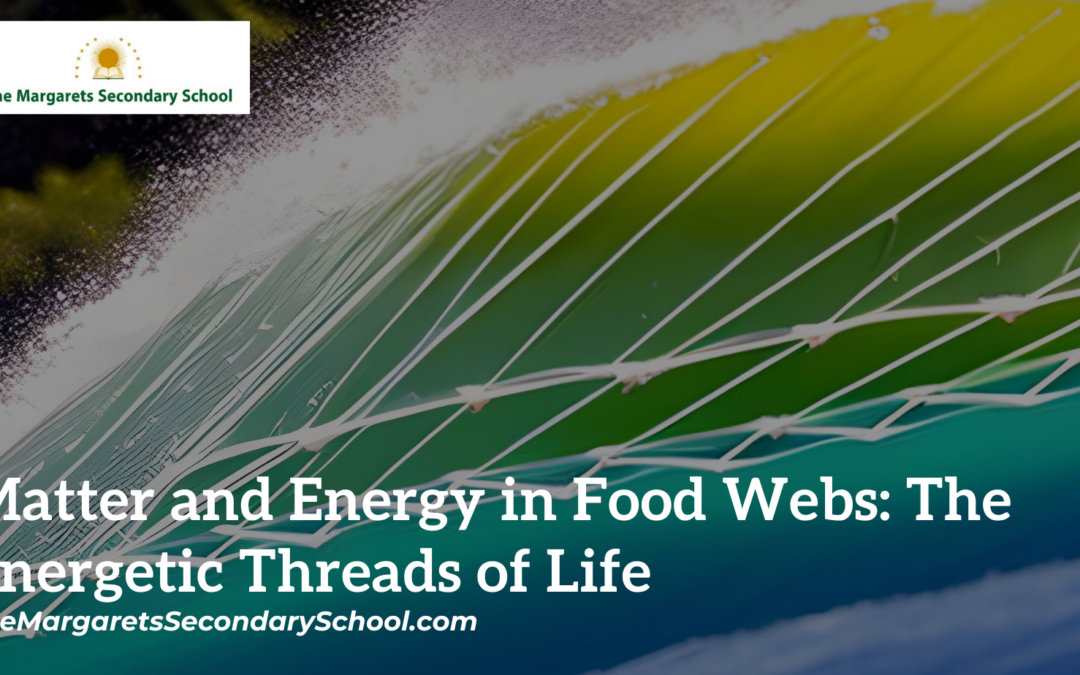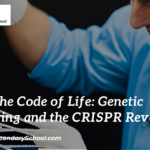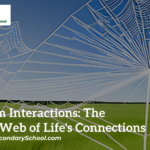Matter and Energy in Foodwebs
Within the intricate tapestry of ecosystems, the relationships between organisms are woven together through a complex web of interactions that involve both matter and energy. This web, known as a food web, is a dynamic and interconnected system that drives the flow of nutrients and energy throughout ecosystems, shaping the survival, growth, and balance of species within them. Understanding the movement of matter and energy within food webs is crucial for comprehending the delicate dance of life on Earth.
The Food Web: A Symphony of Relationships
A food web is a visual representation of the interconnections between different species in an ecosystem based on who eats whom. These webs illustrate the transfer of energy and nutrients from one organism to another, highlighting the flow of matter through different trophic levels.
At the base of the food web are primary producers—organisms such as plants, algae, and some bacteria that undergo photosynthesis to convert sunlight into energy-rich compounds. Herbivores consume these primary producers, followed by carnivores that feed on herbivores. The top predators occupy the highest trophic level, often with no natural predators of their own.
Energy Flow: From Sunlight to Apex Predators
Energy is at the heart of every biological process, and food webs showcase its flow through ecosystems. Solar energy captured by primary producers during photosynthesis is transformed into chemical energy in the form of glucose. This energy-rich compound is then transferred from one organism to another as they consume each other.
However, energy is not perfectly efficient as it moves through trophic levels. The 10% rule states that only about 10% of energy is transferred from one trophic level to the next. The rest is lost as heat or used for metabolic processes. This rule helps explain why ecosystems generally have a limited number of trophic levels, as energy becomes increasingly scarce as it moves up the food web.
Matter Cycling: Nutrients on the Move
While energy flows through ecosystems, matter is recycled. Nutrients, like carbon, nitrogen, and phosphorus, are essential for the growth and survival of organisms. These nutrients are cycled through food webs, with decomposers playing a crucial role in breaking down organic matter and releasing nutrients back into the environment. For instance, when a predator consumes prey, the nutrients present in the prey’s body are eventually returned to the ecosystem through decomposition.
This nutrient cycling is vital for maintaining the health of ecosystems and supporting the growth of primary producers, which in turn provide sustenance for other organisms.
Human Impact: Ripple Effects and Conservation
Human activities can have far-reaching impacts on food webs, disrupting the delicate balance of energy and matter flow. For instance, overfishing can lead to imbalances in marine food webs, while habitat destruction can impact species at various trophic levels. Pollution and climate change can also affect the availability of resources and influence the interactions within food webs.
Conservation efforts are crucial for safeguarding the stability and functionality of food webs. By protecting habitats, managing fisheries sustainably, and reducing pollution, we can help ensure that these interconnected systems continue to support biodiversity and ecosystem services.
Conclusion: A Symphony of Life
Matter and energy flow within food webs compose a symphony of life—a harmonious dance that connects organisms, sustains ecosystems, and shapes the world’s diverse landscapes. Understanding the intricacies of these flows allows us to appreciate the interconnectedness of life on Earth and the delicate balance that maintains the health and vitality of our planet. As stewards of the natural world, we hold the responsibility to conserve and protect these intricate systems to ensure that the rhythm of life continues to thrive for generations to come.





